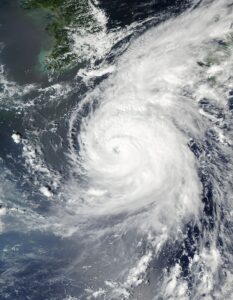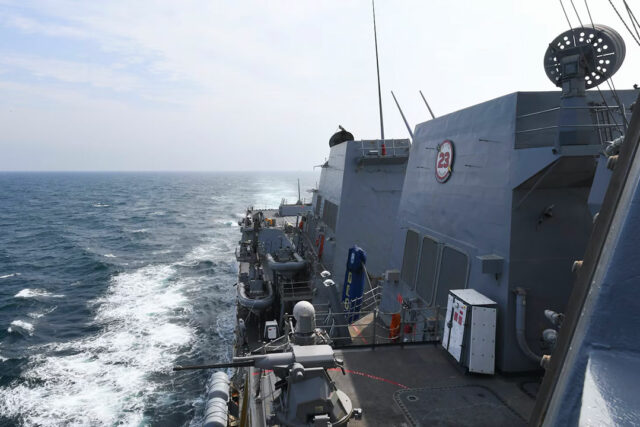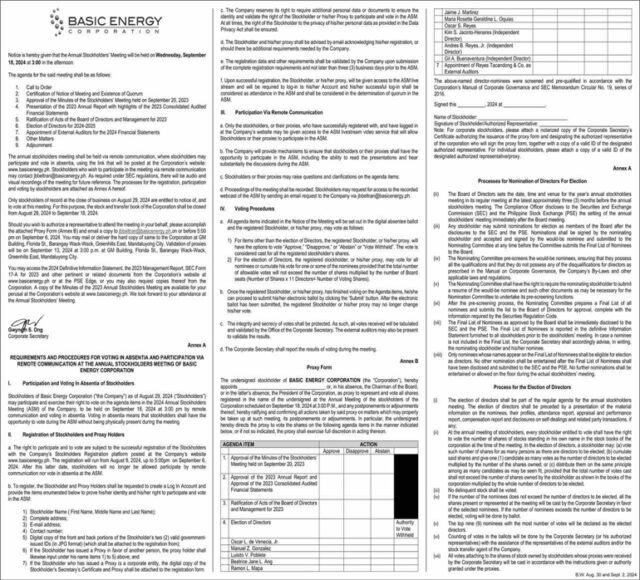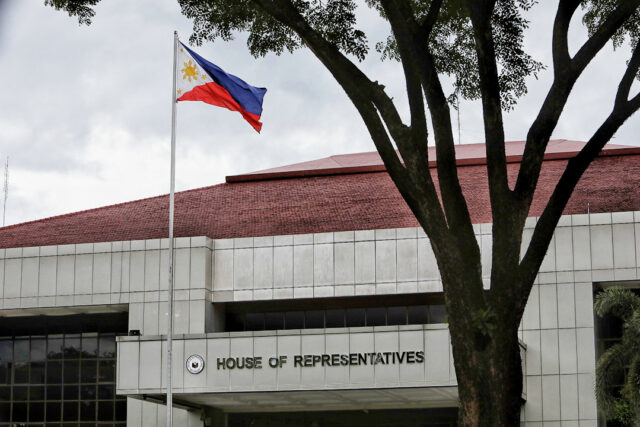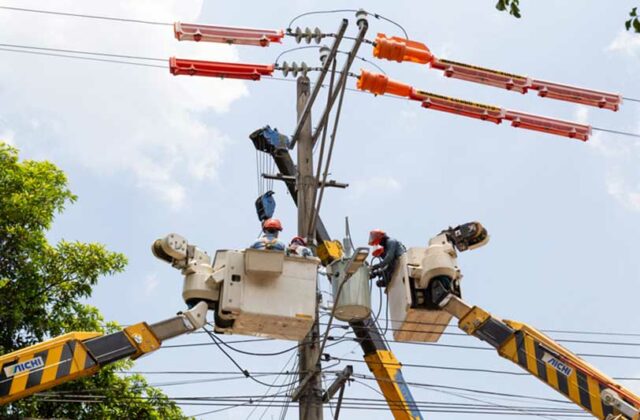By Peter Apps, Reuters Columnist
LONDON – As two US aircraft carrier battle groups patrolled the Indian Ocean this week in an explicit effort to deter Iran from striking Israel and sparking a major regional conflict, a very different military messaging effort was underway in a luxury conference center in Manila.
The 35th annual Military Law and Operations Conference organized by the US Indo-Pacific Command – running from Aug. 27-30 – is held every year in a different country in the region – but its presence in the capital of the Philippines this week was likely far from a coincidence.
Since late 2023, supply ships from the Philippines have had to run a gauntlet of Chinese patrol boats trying to block them from accessing the disputed Second Thomas Shoal, home to grounded Filipino landing craft the BRP Sierra Madre.
In June, a Filipino marine lost his thumb during a collision with a Chinese vessel in a violent face-off involving Chinese military personnel waving clubs and spears.
More recently, a second and perhaps equally dangerous confrontation has erupted over the nearby Sabina Shoal, where the largest ship in the Philippine Coast Guard, the BRP Teresa Magbauna, has been anchored since April.
The last month has seen at least two collisions between Chinese patrol ships and Philippine vessels resupplying the Teresa Magbauna, while the Philippines has also accused Chinese aircraft of flying dangerously close to maritime patrol planes.
As the conference opened on Tuesday, the commander of the US Indo-Pacific Command, Admiral Samuel Paparo, said the US was now considering accompanying vessels from the Philippines to resupply both disputed shoals – a move that Beijing would almost certainly see as a major escalation.
“Escort of one vessel to the other is an entirely reasonable option within our Mutual Defence Treaty, among this close alliance between the two of us,” Mr. Paparo told a joint press conference with Philippines General Romeo Brawner, referring to a 1951 treaty that commits Washington to supporting Manila in the event of an armed attack on its forces.
Beijing’s intent, officials in Washington and the Philippines both suspect, is to drive Philippines forces permanently – ideally this year – from both Second Thomas and Sabina Shoals by making it impossible for them to mount resupply missions.
Both Manila and Washington appear united in their determination that the Philippines should not be forced to abandon either shoal.
Previous eras might have seen an aircraft carrier pulled from its station on the far side of the world to show the flag in the South China Sea.
In these more contested times, the US effort might be rather smaller: perhaps a frigate or destroyer sailing alongside their Filipino counterparts, or even just using US helicopters to take supplies to the two beleaguered Filipino vessels.
According to the independent US Naval Institute, the US amphibious assault ships Boxer and America are currently conducting exercises and operations off Japan and the Philippines respectively.
Currently, however, the US Navy does not have a single aircraft carrier anywhere in Asia, the first time that has been the case since 2001.
US officials say that is just a short-term situation – the previously Japan-based Nimitz-class USS Ronald Reagan is now being swapped for her sister ship George Washington, while aside from the two carriers in the Middle East, the others are engaged in refits or training on the US Atlantic or Pacific coasts.
SETTING PRECEDENT, PERCEPTION
The Biden administration has gone out of its way to give the impression that it would respond militarily to any attack on Taiwan. However, Beijing would likely see a ready surrender of the two Filipino outposts in the South China Sea as a wider signal of weak US resolve.
Most recently, the Philippines Coast Guard was forced to abandon a resupply run to Sabina Shoal on Monday after its vessels were intercepted aggressively by Chinese counterparts.
Over the last decade, successive Manila governments have periodically announced deals with Beijing over access to Second Thomas Shoal, only for confrontations to resume shortly after.
“We can’t afford to ignore this sort of thing, because eventually it sets precedent and shapes perception,” said Samuel Byers, a former Pentagon official and now senior adviser at the Center for Maritime Strategy in Washington DC. “That kind of sets the mindset of both allies and adversaries.”
US officials say they believe Chinese President Xi Jinping is still considering whether or not to use military force to invade Taiwan but has ordered his military to be prepared to do so by 2027.
The problem, Mr. Byers said, is that simultaneous crises elsewhere in the world – currently particularly the Middle East – are leaving US forces looking overstretched.
US Defense Secretary Lloyd Austin this week ordered the two US carriers already in the Middle East to extend their deployments further, described by a Pentagon spokesman as a “clear signal” the U.S. stands behind the defense of Israel.
That show of force seems to have been effective – on Wednesday, the chairman of the US Joint Chiefs of Staff, Air Force General Charles Brown, told Reuters both Iran and Israel appeared to have found “off ramps” from a face-off, which intensified sharply following the assassination of Hamas political leader Ismail Haniyeh in Tehran on July 31.
In a measure of the need to make tough choices, however, Washington has scaled back forces it had kept in the Red Sea since late 2023, when the USS Eisenhower carrier battle group spent months knocking down drones and rockets fired from Yemen by Iran-backed Houthi militants. In the process, the battle group used up more Tomahawk land attack missiles than the US military purchased in the whole of 2023.
The Houthi attacks, however, have continued, with U.S. warships now no longer nearby but instead in positions from which they can strike Iran directly in the event of any wider war.
A smaller force of European warships remains to assist commercial vessels in the Red Sea, one of which – the Greek tanker MV Sounion – was this week reported ablaze and leaking oil, with salvage efforts complicated by threats of further attacks.
LONG TIME COMING
With much merchant shipping now avoiding the Red Sea, the idea that the world’s pre-eminent naval force, the US Navy, might largely abandon its campaign there would once have been unthinkable.
The fact it has done so points not just to the level of priority being given to deterring Iran from doing something rash, but also the feeling that the United States now faces a very different era.
One obvious likely casualty is US support to Europe – in 2022 and 2023, U.S. aircraft carriers joined exercises with NATO forces, but none has done so in the current year. U.S. officials have become increasingly blunt that European nations should defend their own backyard, while Washington shifts its focus to the Pacific.
What is most important, US officials say, is the growing “latticework” of alliances Washington has built in Asia, particularly tying Japan, South Korea, the Philippines and Australia.
For most of those countries, the confrontation with China has been a long time coming.
Over the last two decades, China has built its own outposts on several disputed islands including a major military base on the Philippine-claimed Mischief Reef.
Meanwhile, the fishing and patrol boats of its “maritime militia” now routinely stop vessels from the Philippines and other foreign craft reaching the disputed Scarborough Shoal.
A 2016 ruling by the United Nations maritime court in The Hague described much of the oil and energy-rich Spratly islands including Scarborough, Second Thomas and Sabina shoals as part of the Philippines Exclusive Economic Zone.
That ruling was angrily rejected by China, which says it holds jurisdiction over most of the South China Sea inside its “nine dash line”, which it says have long been historic Chinese waters despite being claimed by several other nations.
Since November 2023, Philippine warships have conducted at least 10 bilateral and multilateral joint patrols with the United States, Canada, Australia and Japan, and with talk they might do the same with France.
But while such patrols have sometimes operated in contested areas, physically escorting Filipino ships into the teeth of a Chinese-enforced blockade would be a very different matter.
Whether the Philippines truly wants such a step is another question. Its military chief, General Brawner, has suggested joint patrols in the past, but appeared to pull back from that stance this week.
“The attitude of the armed forces of the Philippines…is for us to first rely on ourselves,” he said. “We are going to try all options, all avenues that are available to us in order for us to achieve the mission…, in this case, the resupply rotation of our troops. We will then seek other options when we are…constrained from doing it ourselves.” – Reuters

